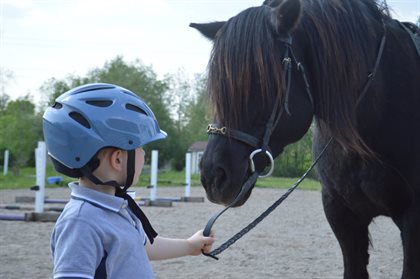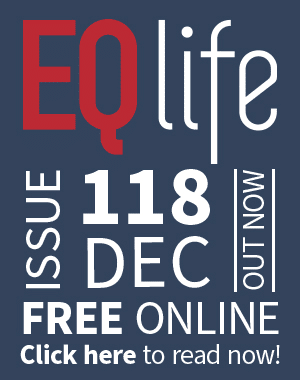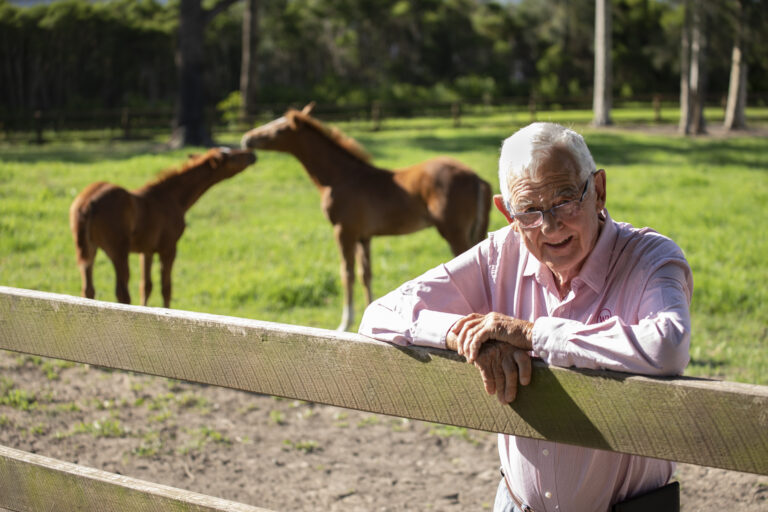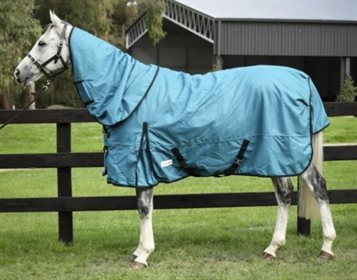Have fun!
By Equestrian Life
Have you recently taken up horse riding? Learning to ride is great fun and a real privilege… so first and foremost be sure you enjoy your time spent in the saddle!
When learning something new, it’s normal to make mistakes as that how we learn — and horse riding is no exception. There are several common mistakes that beginner riders make, but don’t worry… they’re nothing a little bit of practice can’t fix. Here, we outline 7 common mistakes and how to fix them!
1. Hands too high and reins too long
It’s often human nature for us to use our hands and arms to balance, and for this reason many beginner riders balance on the reins when things get a little wobbly. Combine this with long reins (often caused by the horse gradually pulling the reins through the rider’s hands, and the rider unsure of how to quickly shorten them) and it can make it difficult to maintain event rein contact… and control! When using the reins to balance — or trying to make contact with the horse’s mouth to turn or stop — the rider will end up lifting their hands up too high if their reins are too long.
Fix: To maintain balance without relying on the reins, work on ‘following’ the horse with your seat and core. Your hands should remain at hip level, and should maintain a light, even tension on the reins. There should be an imaginary straight line from your elbow, through your forearm and hands to the reins and bit (in the horse’s mouth). To prevent the reins getting too long, aim to readjust them as soon as they begin to slip.
Make sure your hands don’t get too high… or your reins don’t get too long!
2. Gripping too tightly with your legs
Gripping with your legs isn’t what keeps you in the saddle — instead, it’s all about balance and core strength. Imagine a clothes peg trying to remain attached to a rounded PVC pipe; the constant inward pressure from the peg causes it to lift up and eventually ‘pop’ off the top. In other words, gripping with your legs makes it harder to sit ‘deep’ in the saddle and maintain your balance — and you’ll find the ride a tad bouncier! Gripping with your legs can also confuse the horse into thinking you want to go faster — which is not a great outcome if balance is an issue!
Fix: When sitting in the saddle, take a deep breath and then breathe out, letting yourself sink down into the saddle (while still sitting up straight of course!). Let your leg hang from you hip, with your weight falling down through your heel (without jamming your heel down). Your leg should remain beneath you, so there is an imaginary straight line through your ear, shoulder, hip and heel.
3. Using the stirrups to help you rise to the trot
Learning to rise to the trot can be tricky at first, and a lot of beginners use their stirrups to ‘push’ themselves up and out of the saddle. This leaves them standing on their tip toes in the ‘up’ part, before bumping back down into the saddle and ending up behind the movement — especially when combined with a forward leg position.
Fix: Keep your legs under you, and focus on using your core muscles to rise, rather than your feet. The key is to feel the rhythm of the trot, and let that lift you out of the saddle rather than trying to force it.
4. Feet too far through the stirrups
It’s common for beginners to end up with their feet too far through the stirrups, which can be uncomfortable — and dangerous. The ball of your foot (widest part) should be in contact with the stirrup tread; the stirrup shouldn’t be jammed against the heel of your boot.
Fix: To rectify this, make sure your heels are down as it’s easier for your foot to slide through the stirrup if your heels are up and your toes are pointing down. As with the previous point, keep your legs underneath you and sink your weight down through your heel (but avoid jamming them down). It’s also important to make sure your stirrups are the correct length.
5. Holding your breath
This is common — and not just with beginners! Riders often don’t realise they are holding their breath when nervous or learning something new. The trouble is, this can make you tense.
Fix: Hum a tune, breathe in and out with your horse’s strides, smile — anything that will make sure you keep breathing!
6. Looking down
Some beginner riders look down when learning to ride — often they’ll focus in the horse’s head or neck, or their hands. Whether they are trying to concentrate on what they are doing with their hands, or are simply looking at the horse (because after all, horses are pretty cool!), looking down isn’t good for balance or position.
Fix: Look up, and focus on where you’re going. This not only helps to ensure you sit up straight but also keeps you in better balance. This also applies when turning — look around the corner to where you’re heading!
Look up and where you’re going; try not to look down at your hands.
7. Holding the reins too tight
Holding the reins too tight is often due to nerves. Unfortunately, it makes the rider tense and can also be very uncomfortable for the horse — especially when combined with short reins. Soft hands are critically important (and this doesn’t mean upping your moisturising routine).
Fix: Imagine you have a baby bird in each hand — you don’t want to squash it! That being said, you also need just enough pressure that you won’t drop that bird (i.e. to stop the reins sliding through your hands). It’s also important to ‘follow’ the horse’s mouth with your hands; they should move backward and forward slightly following the movement of the horse rather than remaining frozen. Learning to readjust the reins when they do slip, as mentioned earlier, is also important as this allows you to maintain even pressure and prevents sudden yanks or jabs with the reins. Learn to have soft hands — your horse will thank you!
Practice makes perfect.
READ THE LATEST NEWS ARTICLES HERE









